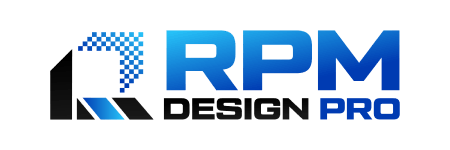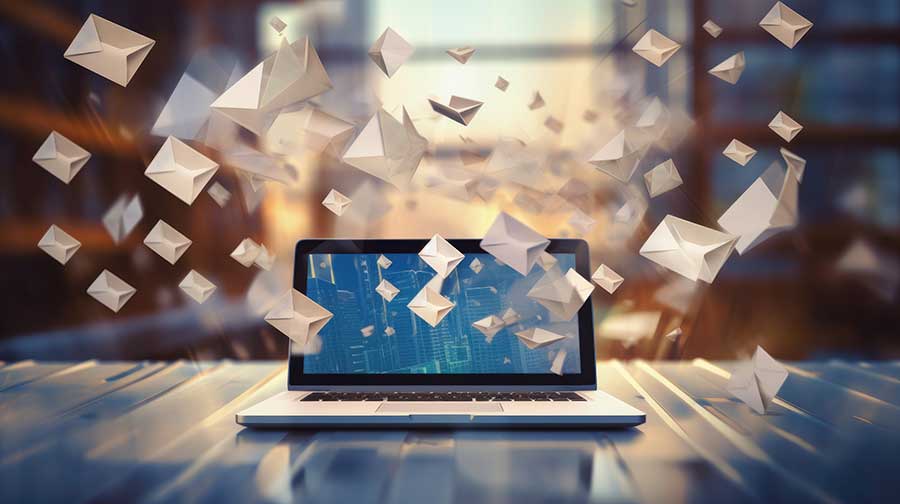Email Marketing Automation: Simplify Your Campaigns for Success
Email marketing automation has revolutionized how businesses engage with their audience, streamline processes, and drive conversions. By leveraging automated workflows, businesses can deliver targeted messages at the right time, nurture leads effectively, and optimize marketing efforts for better ROI. Here’s a comprehensive guide to setting up and optimizing email marketing automation workflows:
Understanding Email Marketing Automation
Email marketing automation involves using software to automate email communication based on predefined triggers, actions, or user behavior. This allows businesses to send personalized messages to subscribers without manual intervention, thereby saving time and improving efficiency.
Getting Started with Email Marketing Automation
- Define Your Goals and Objectives:Before diving into automation, outline clear goals for your email campaigns. Whether it’s lead nurturing, customer retention, or promoting new products/services, defining objectives will guide your automation strategy.
- Choose the Right Email Marketing Platform:Select an email marketing platform that offers robust automation capabilities. Platforms like Mailchimp, HubSpot, and ActiveCampaign provide tools to create, manage, and optimize automated campaigns.
- Segment Your Audience:Segment your email list based on demographics, purchase history, engagement levels, or other criteria. Segmentation allows you to send relevant content to targeted groups, increasing engagement and conversion rates.
Setting Up Email Automation Workflows
- Welcome Series:Automate a series of welcome emails to new subscribers, introducing your brand, highlighting key products/services, and encouraging engagement.
- Lead Nurturing:Develop nurturing workflows to guide leads through the sales funnel. Send educational content, case studies, and testimonials based on their interaction with previous emails or website visits.
- Abandoned Cart Emails:Automatically send reminder emails to customers who abandon their shopping carts. Include personalized product recommendations or discounts to encourage completion of the purchase.
- Event or Webinar Invitations:Automate email invitations, reminders, and follow-ups for events, webinars, or workshops. Include registration links, agenda details, and post-event surveys to enhance attendee engagement.
Optimizing Your Email Automation Campaigns
- A/B Testing:Experiment with different subject lines, email content, and call-to-action (CTA) buttons to identify what resonates best with your audience. Use A/B testing to optimize open rates, click-through rates, and conversion rates.
- Personalization:Incorporate dynamic content and personalization tokens to tailor emails based on subscriber preferences, behavior, or past purchases. Personalized emails are more likely to capture attention and drive action.
- Analyze and Iterate:Monitor key metrics such as open rates, click-through rates, conversion rates, and unsubscribe rates. Use analytics to gain insights into campaign performance and make data-driven decisions for continuous improvement.
Conclusion
Email marketing automation streamlines campaign management, enhances customer engagement, and drives conversions by delivering targeted, timely messages. By setting clear goals, choosing the right tools, segmenting your audience, and optimizing workflows through testing and analysis, businesses can maximize the impact of their email marketing efforts. Embrace automation to simplify your campaigns, nurture leads effectively, and achieve measurable results in today’s competitive digital landscape.



